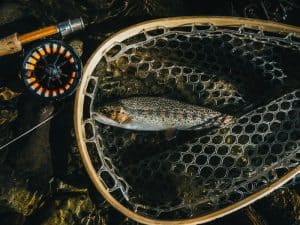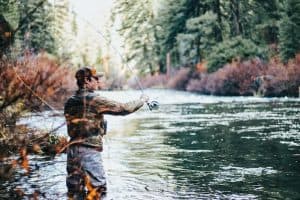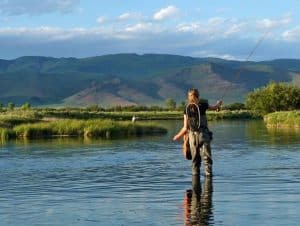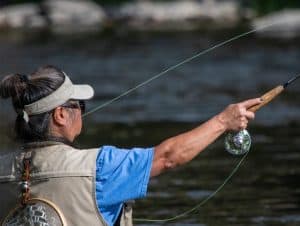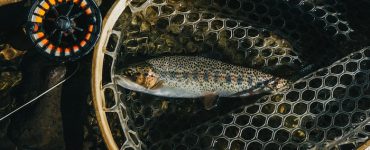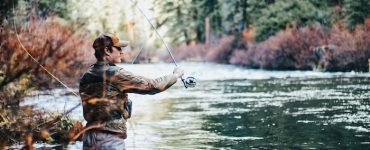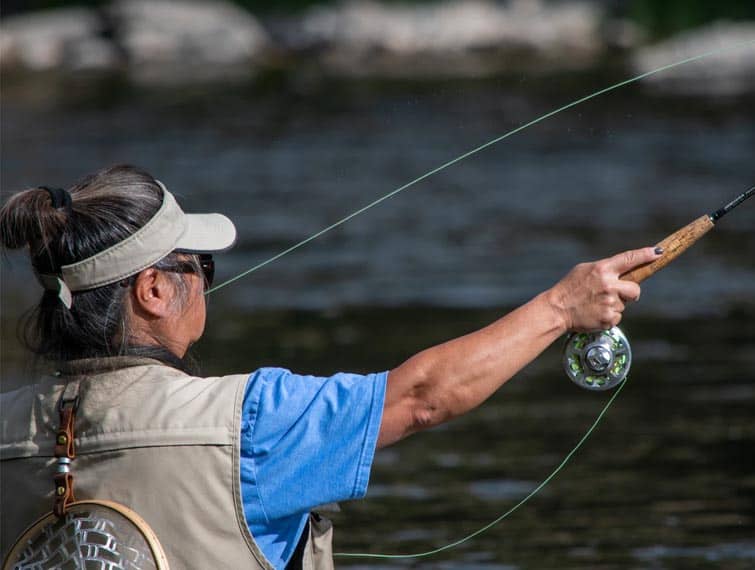If you have been acquainted with fly-fishing but are still learning the ropes of the game, it’s common to acknowledge that bass fly-fishing is truly a challenge. The thick and burly predators prove too difficult to catch that you might just end up with unmemorable fly-fishing trips where the bass just won’t bite.
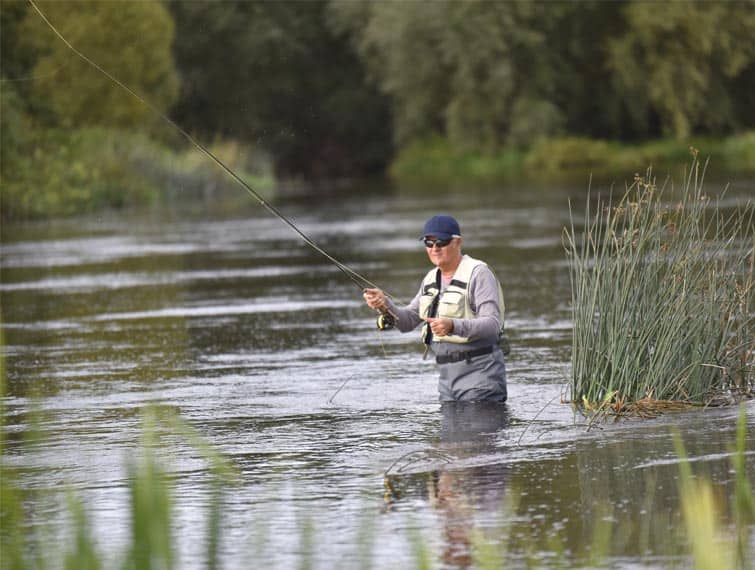
However, as difficult and as tough fly-fishing for bass can be, you shouldn’t just simply give up, but consider it an opportunity to further improve your fly-fishing skills. Read through this article to learn more about bass species, the proper techniques of bass fly-fishing, how to catch more big bass, and more!
All About That Bass!
Before you go back to the lake, and try your hand again in fishing for bass, it might be important to re-learn the basics, most especially on getting acquainted again with this fish predator.
For starters, it would be nice to get refreshed with the fact that bass is a term collectively used for many species of fish, and to learn every type of them will be just impossible. However, it’s also worth noting that there are commonly known bass fishes in North America, and those are what we will be focusing on in this article.
Largemouth Bass
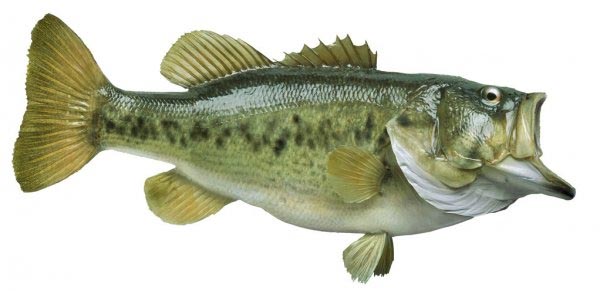
This type of bass is considered to be the most popular game fish in North America, and is recognized with its lower jaw that extends past the back edge of its eye. Above water, largemouth bass can be spotted through its dark green color and dark stripe across its body.
Fly-fishing for largemouth bass can be an intense, but very rewarding experience. When you hook onto a largemouth bass, it would feel very heavy because once a largemouth bass realizes it is hooked, it will often take off towards the depths.
Smallmouth Bass
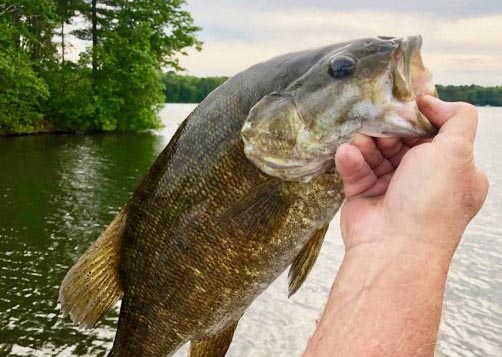
The smallmouth bass, on the other hand, is recognizable with its green-brown color with dark vertical bands, instead of a horizontal one. Its most distinguishing feature is the position of its maxillary as it does not extend beyond its eye, opposite to that of the largemouth bass.
Unlike fly-fishing for largemouth bass, fly-fishing for smallmouth bass is so much more difficult because of its unpredictability. Once hooked, the smallmouth bass will attempt to flail in order to shake off the hook.
Spotted Bass
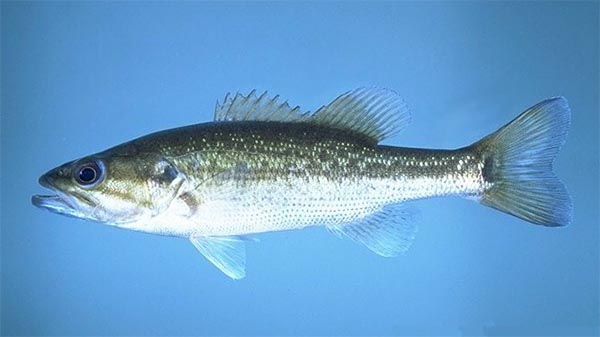
Last, the lesser-known spotted bass.
Fun Outdoor Quiz
A spottie, as it is commonly called, is often mistaken as a largemouth because of the similarity in color. However, the best way to distinguish a spottie from a largemouth is the upper jaw that does not extend past the eye.
This bass usually weighs around 5 kilograms and prefers warm, murky waters with a bit of water current. In addition, the spottie usually feeds on crawfish and salamanders, which are commonly found in rocky ledges, sunken trees, weeds, and other areas with low light conditions.
The spotted bass is a ferocious fighter, and is only less so than smallmouth bass. It, however, pulls longer and harder than largemouth bass.
When to Fly-fish a bass
In order to successfully catch bass, it is important to know when to fly-fish a bass. While you can catch bass all day long with conventional gear, your success rate may be higher when you fish early, and fish late, especially during hot summer months.
You can fish for bass during low-light hours, especially when fly-fishing for largemouth bass because it is when largemouth bass tends to feed in shallow water.
Where to Fly-fish a bass?
Aside from knowing what bass fish looks like, it is also important to learn what body of water and areas it is commonly found.
Truth be told, a bass can be found in almost all bodies of water because it can survive temperature variations. The tricky part is knowing which areas it takes cover in.
Bass is usually found near rocks, weeds, brushpiles, and stumps as it is known to “take cover” to ambush its prey. Most bass fishes are found to take cover around fallen trees and logs, so it is best to keep your eye on the weedier and deeper sections of the river or lake.
Bass Fly-fishing tips and tricks
After familiarizing yourself with the most common types of bass and where to find them, it’s also necessary to learn some tips and tricks on how to fly-fish for bass.
It’s best to know what to expect when fly-fishing for bass in lakes and other bodies of water, as it will help you prepare for various fly-fishing bass scenarios possible.
It is normal to expect to have a good fight when fly-fishing for bass, as they are known to be a mean one and do not easily wear-out. Most bass fishes are not dependent on specific water temperatures. In fact, some even go airborne just to maneuver their way out just when you think you have caught them already.
Once you are mentally prepared for what’s about to happen during bass fly-fishing in lakes or rivers, it’s time to gear up and prepare the basic tools.
Choose your fly-rod
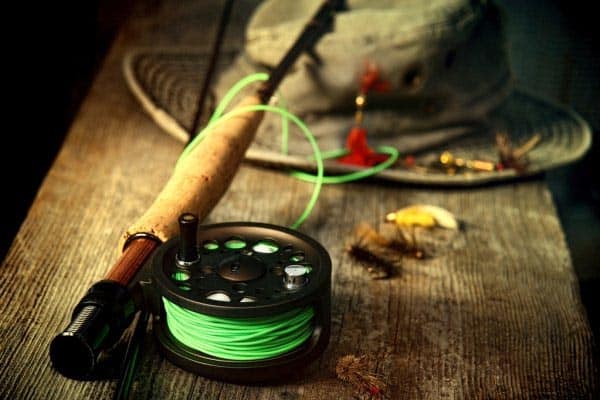
Most experienced fly-fishers will tell you that doing good in bass fly-fishing always starts with having a well-picked fly rod. An important thing to take into consideration in choosing your fishing rod is your ability or experience. This is so you can avoid wasting money on a fly-fish rod that you are not capable to handle.
For beginners, it is best to choose a longer rod that is more caster-friendly. However, if you have some experience, then it is best to choose a shorter rod as it gives you increased lifting power essential in catching hard-to-fight bass.
Another thing to consider when choosing your fly rod is the fish size that you want to catch. If you are bass fishing with a fly rod, it is best to choose one with a stout bass section that is great for getting the bass out quickly.
However, there are other specialized rods targeted for certain large bass size types with unique design elements, making angling for it easier so try to acquaint yourself with specialized rods too.
Fly selections
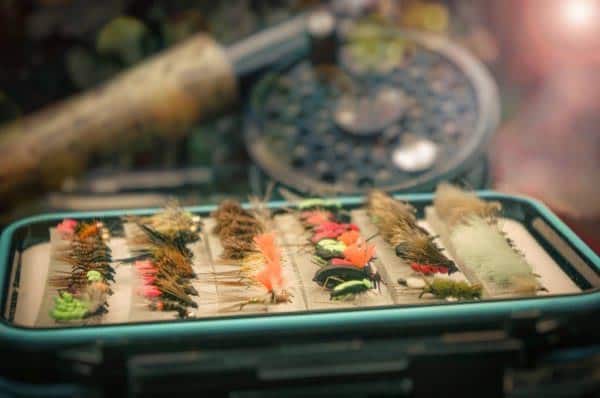
Once you have the appropriate fly rod to use, it’s time to choose the best fly when baiting a bass.
For starters, you should have a woolly bugger in your fly box, a standard fly used among fly-fishers. This type of fly works well for most bass types. Sharing versatility and popularity alongside a woolly bugger is a gartside gurgler suitable for making a commotion on the water surface.
Another must-have in your fly box is a deer hair bass bug. This fly works as a popper and is very effective in attracting a bass to leave its rest zone and chasing it with enthusiasm.
If you are fly-fishing in stealth mode, it is recommended to have a fathead diver in the fly box. Considering that a bass loves to take cover, this is a perfect fly to catch a sneaky one.
However, the most important fly to have in your fly-box should be a frog fly, and the best one is a dahlberg diver frog. This plunges into the depths of water and quickly comes afloat with the right technique of stripping your line. The fly causes so much water disturbance and as a result, attracts larger types of bass looking for a sizable prey of their own.
Use of sinking lines
The use of a sinking fishing line may not be a common practice for those who love to fly-fish bass, but if you are fishing in an area with deeper waters, using a sinking line can be quite helpful.
Of course, if you are within deeper waters, it is expected that the bite will be tough so for better fishing, accompany a sinking line with a drop shot, which is great at wiggling and enticing large bass fish.
Keeping the tension
Having the best rod, a fine sinking line, or the greatest fly is of no use if you are not capable of mastering the art of keeping the tension.
Most fly-fishers suggest that to entice a bass, you should be able to keep a constant tension of your fly. Start rhythmically and slowly introduce your fly to a bass you are eyeing.
Once you get a bass’ attention, it is also important not to lift the rod right away. Immediately lifting your rod means a greater chance of scaring away your potential catch.
Try burying the tip of your fly a few inches underwater, and once a bass takes notice, strip back hard on your line while giving your rod some side pressure.
Conclusion
Fly-fishing is a challenge as it is. Pursuing bass fly-fishing only means you are capable of taking up the challenge and pushing yourself to improve in the hobby or sport.
Although sometimes, despite having the best rod and the best collection of flies in your fly box, the bass still won’t take a bite. Don’t let it discourage you. Continue learning the ropes of the game and improve on helpful fly-fishing techniques.
So take on your fishing kayak or boat, and begin your adventure of bass fishing with your fly rod!


